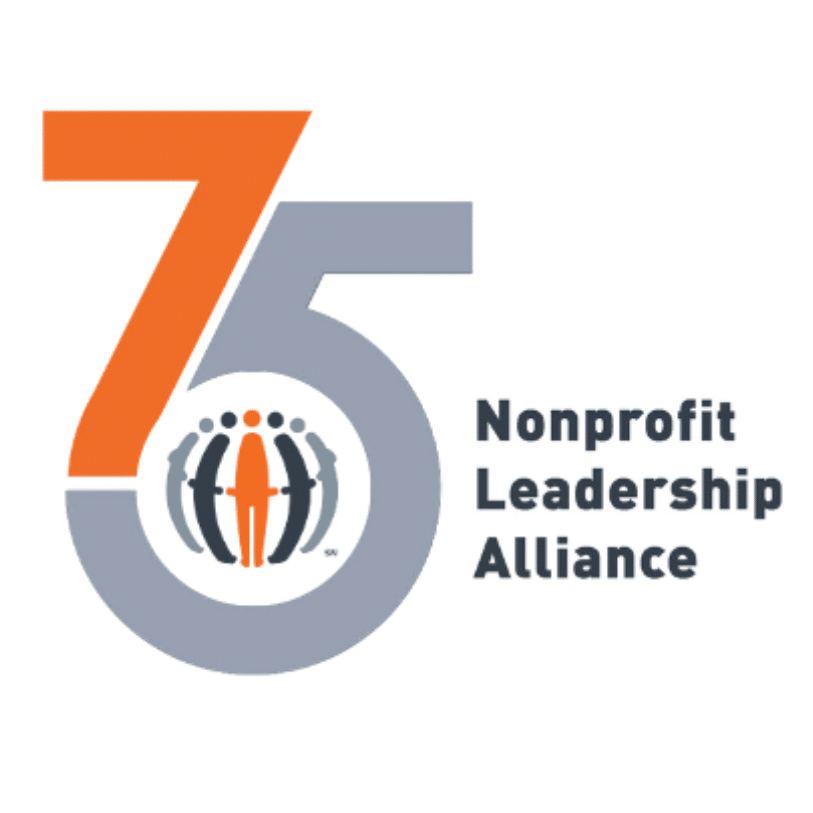While many nonprofit employees go into the sector because they feel strongly about certain causes, those charitable efforts aren’t enough to keep them at your organization long term. Much like you focus on donor retention, you also have to develop a plan for employee retention to ensure your team feels satisfied coming to work each day and upholding your mission.
The best way to keep employees around is to foster a positive nonprofit work environment. When people feel respected and supported in the workplace, they’re more likely to come to work empowered to put their best foot forward.
In this article, we’ll go over five tips to help your nonprofit nurture a flourishing work environment to keep employee engagement and retention high. Let’s get started!
1. Show your employees you appreciate them.
When you establish an employee appreciation program, you show your employees that you’re dedicated to recognizing their hard work and commitment to your cause. Double the Donation’s guide to employee engagement tools recommends using software applications specifically intended for employee recognition in order to streamline the process.
One tool they recommend is eCards. While you may think of eCards as something people send to their friends and family on special occasions, they function equally well as tokens of appreciation in the workplace. Sending a quick eCard to congratulate a team member on the project they just completed or applaud them on upholding company values can brighten that employee’s day and carry more meaning than informal recognition methods.
2. Provide opportunities for advancement.
People don’t often enter the workforce to stay in the same position forever. Most employees want to learn, grow, and eventually receive a promotion for their hard work.
Help your employees develop leadership skills that they can take with them throughout their careers. For example, you may have an employee without a leadership position start leading team meetings. That way, they can practice presiding over others and work on their communication skills.
You can also help employees advance in the workplace by encouraging them to dive into nonprofit resources such as books, podcasts, or online courses. There’s always something new to learn about the nonprofit sector, and with that knowledge, your employees will be better equipped to take on leadership roles.
Additionally, look into industry-relevant panels and conferences that your team members can attend so they can learn more about nonprofit topics that interest them. These experiences will allow them to take control of their own career development, increasing feelings of workplace satisfaction.
3. Encourage team members to get to know each other.
When employees know each other, they work better together, causing a boost in morale and performance for your nonprofit. Plus, it makes the workplace more enjoyable when people know their coworkers on a more personal level.
eCardWidget’s guide to workplace culture recommends finding ways to make work more collaborative and get different team members involved. For example, you may have all of your staff members come together to brainstorm ideas for your next fundraising event, even if their department is not typically involved in fundraising. That way, you can encourage cross-team interactions and get new perspectives.
You can also help team members get to know each other by offering social opportunities. Make sure your office has a space where employees can eat lunch together, and consider planning fun office events such as trivia or a holiday potluck where employees can mingle.
4. Listen to employee feedback.
Employees will feel more engaged if they know they have a stake in how the workplace operates. Send out surveys to your team so they can provide feedback on their workplace experience and anything they think could be improved. You’ll likely collect a plethora of innovative ideas that will help you foster that positive work environment you’re trying to build.
It’s also important that employees have dedicated time to speak with their managers. Hold weekly meetings between managers and those who report to them so they can check in with employees and address any questions or concerns. You can also host semi-regular meetings between team members and your nonprofit’s leadership so that everyone on the team can learn more about upcoming initiatives and provide any input they may have.
5. Establish work-life balance norms.
People do their best work when they can take breaks and return to the workplace refreshed. Encourage a positive work-life balance by making sure employees know it’s okay to take time away from their jobs.
Offer a generous paid time off policy that allows people to rest without worrying about how many days they’re taking off. Not only does a sufficient paid time off policy allow employees to take breaks throughout the year, but it will also help in your employee recruitment process as a demonstration of your positive culture.
Another way to provide more flexibility for employees is by allowing them to work from home if possible. Working from home is especially beneficial for employees who are parents because it allows them to be present in the home for their children or take them to and from school without impacting their time in the office. Plus, 98% of people want to work at least a portion of their week remotely, demonstrating that making the switch to a hybrid work schedule could lead to higher employee satisfaction.
When employees feel positive about their workplace, they’re more likely to be productive and stay at their current jobs. Your nonprofit can transform the workplace from somewhere people have to be every day to somewhere people want to be every day by prioritizing the employee experience. As a result, you’ll have employees who are highly engaged and motivated to do the work necessary to support your cause.
Did you enjoy this article? Get nonprofit tips and tools delivered right to your inbox by joining The Nonprofit Leadership Alliance Newsletter. Our bimonthly newsletter will make sure you know what’s happening with our network of social sector leaders.
